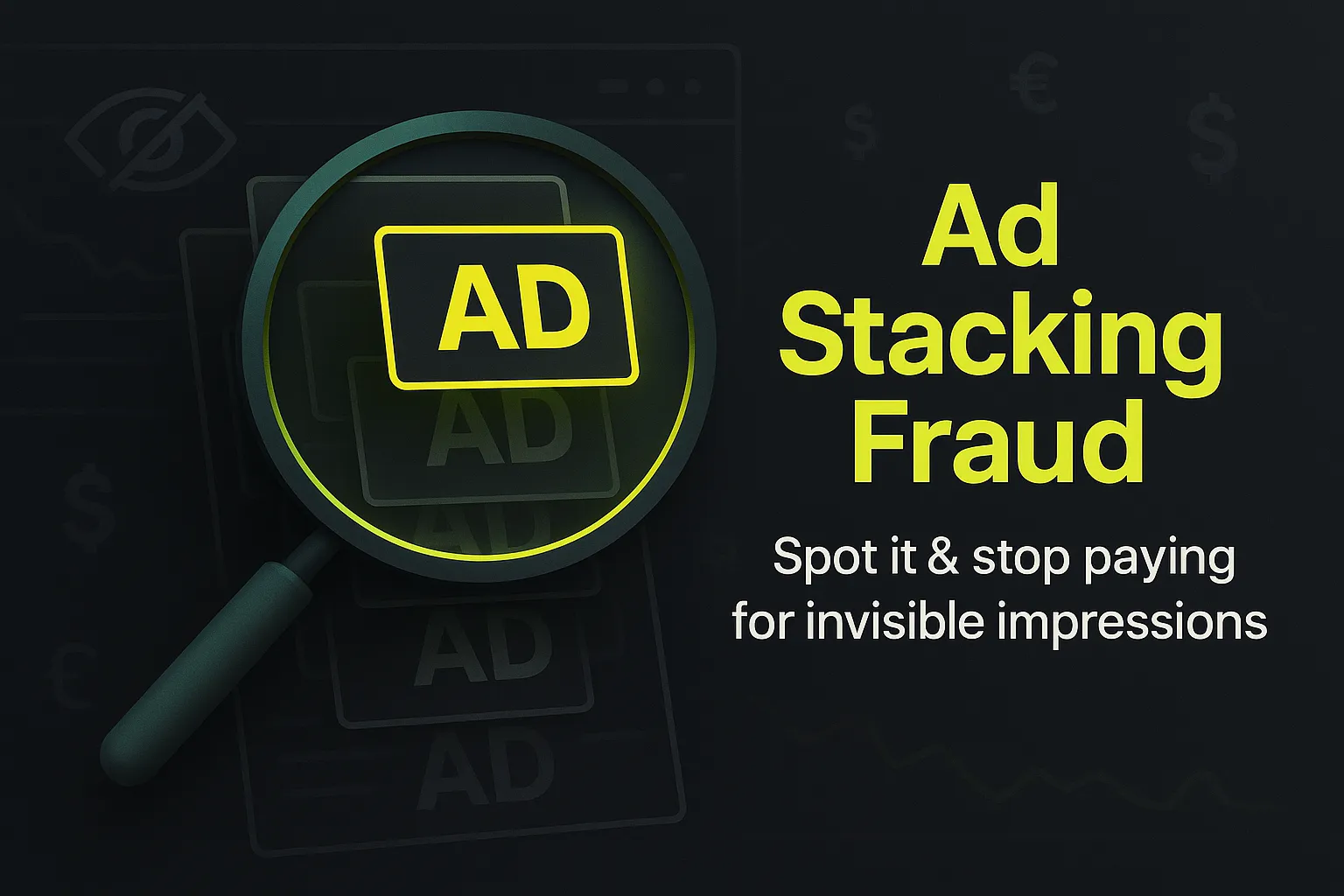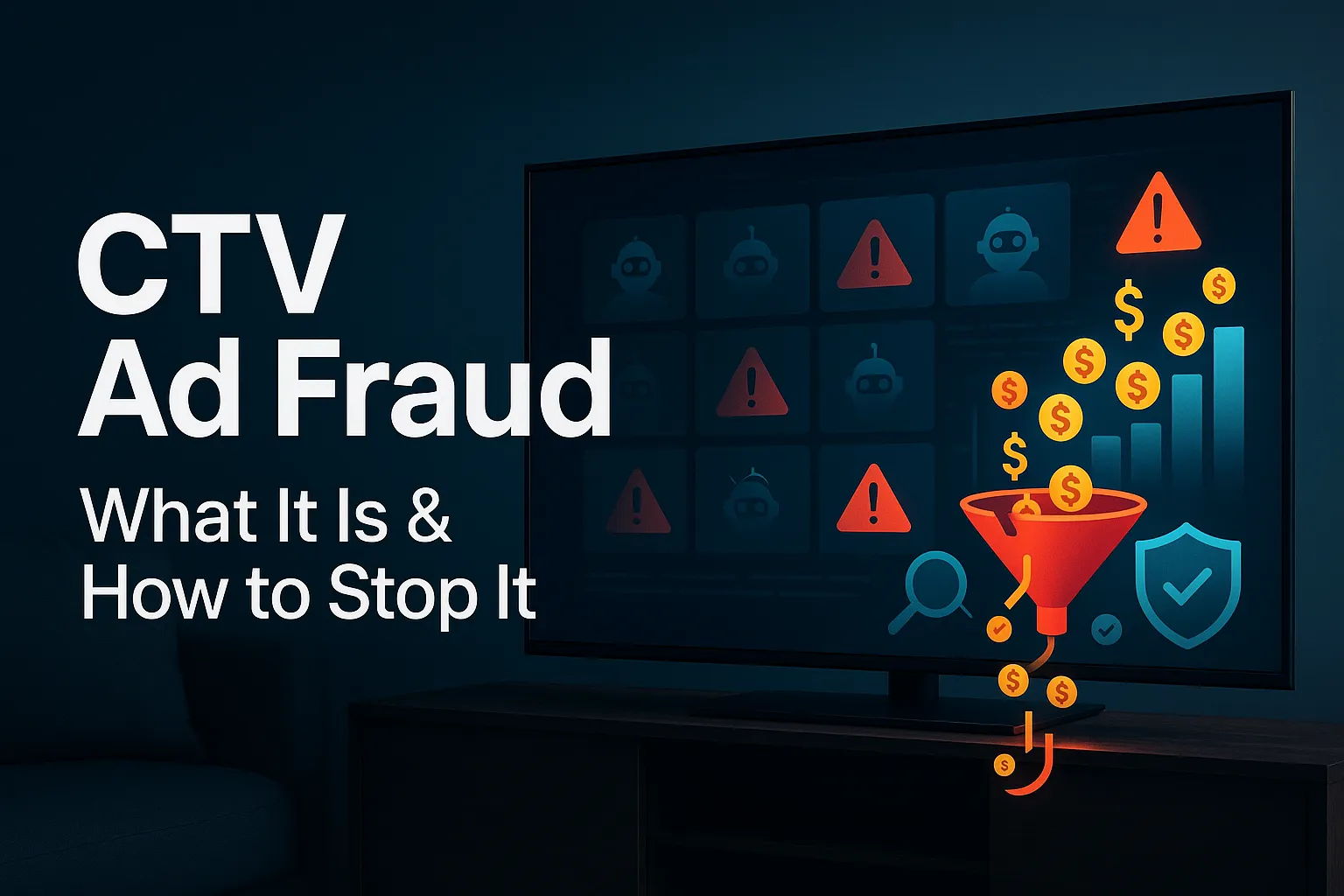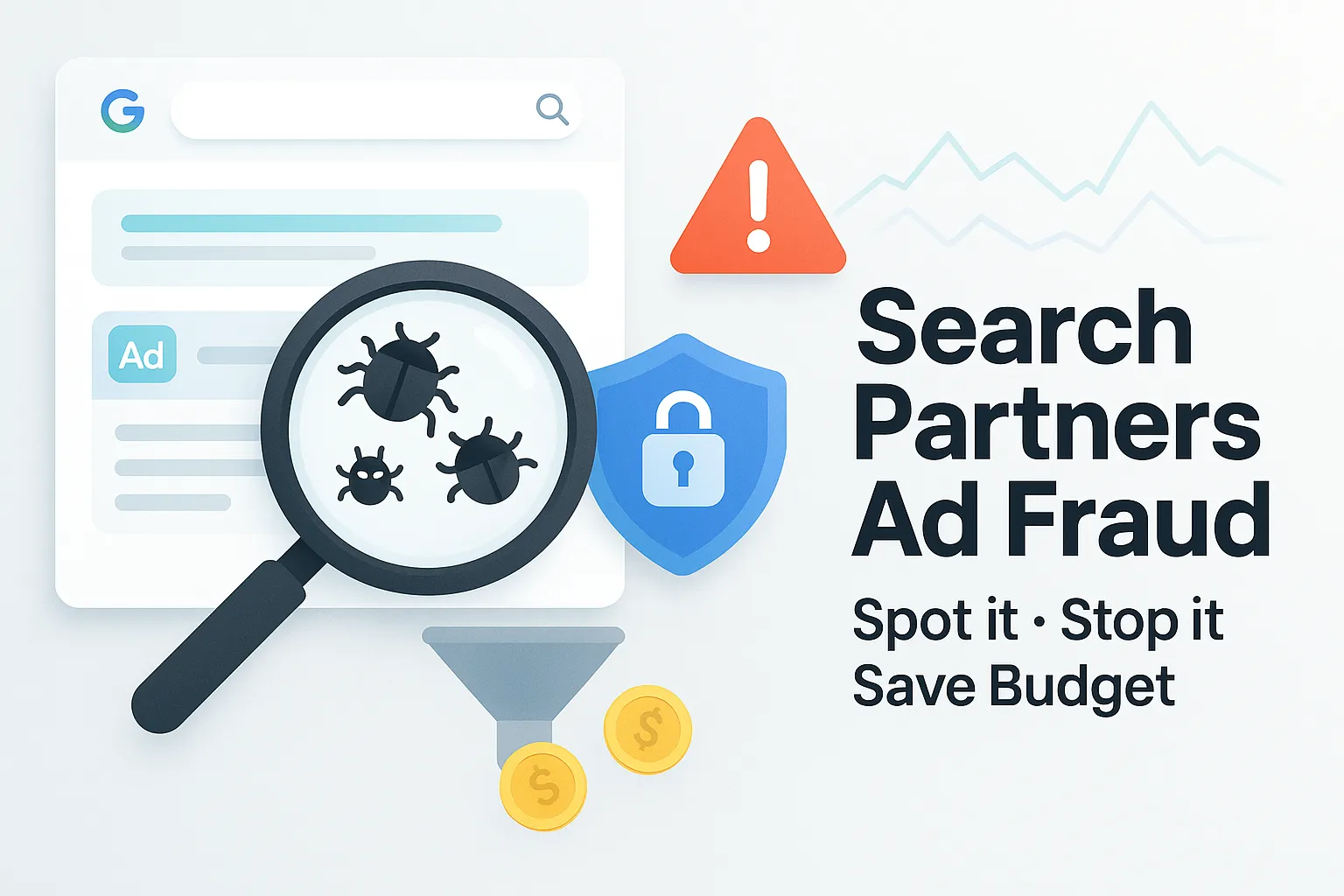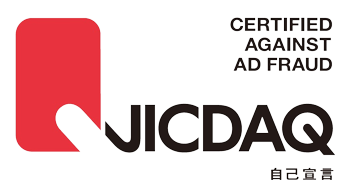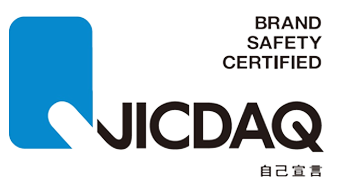Brand Damage: How to Prevent, Handle, and Bounce Back Stronger

Your brand is your business’s reputation—it’s what customers think, feel, and say about you. But in today’s fast-moving digital world, brand damage can happen in an instant. A viral complaint, a product failure, or a data breach can shake customer trust and hurt your bottom line.
So, how do you protect your brand from damage? And if a crisis hits, how do you recover and rebuild trust? This guide covers everything you need to know—from common causes of brand damage to smart strategies for prevention and recovery.
By the end, you’ll have a clear action plan to safeguard your brand’s reputation and bounce back stronger than ever.
What Is Brand Damage?

Understanding Brand Damage
Brand damage happens when something negatively impacts your company’s reputation. It could be a bad product review, an ethics scandal, or even a social media disaster. When trust is broken, customers leave, sales drop, and rebuilding can take years.
Why Reputation and Trust Matter
Did you know that 60% of customers stop buying from a brand after just one bad experience? A strong reputation keeps customers loyal, while a damaged one drives them away—sometimes for good.
The Biggest Causes of Brand Damage

1. Poor Product or Service Quality
If your product doesn’t live up to expectations, customers won’t hesitate to call you out—online and offline. Negative reviews and refund requests can pile up fast, damaging trust.
2. Social Media Backlash
One misstep can go viral in minutes. A poorly worded tweet, a tone-deaf ad, or bad customer service can spark public outrage and mass boycotts.
3. Ethical Violations & Legal Trouble
From false advertising to unfair labor practices, unethical behavior leads to lawsuits, fines, and customer distrust. Transparency is key to avoiding these pitfalls.
4. Data Breaches & Cybersecurity Threats
Customers trust you with their data—breaching that trust is a deal-breaker. Leaked information can lead to legal trouble and lost customers.
5. Employee Misconduct & Workplace Culture Issues
Whether it’s a CEO scandal or a toxic workplace, internal issues can spill into public view, damaging your brand’s credibility.
6. Ad Fraud & Fake Leads
Your advertising campaigns represent your brand, but fraudulent traffic and fake leads can waste your budget and misrepresent your reach. Bots and fraudulent activity can make it seem like your ads are performing well when, in reality, they are not reaching real customers. This can hurt both your ROI and brand credibility.
How Brand Damage Hurts Your Business

👎 Loss of Customer Trust & Loyalty
People are quick to switch brands when they feel betrayed. Losing trust means losing customers—and getting them back isn’t easy.
📉 Revenue & Market Share Decline
A damaged brand leads to plummeting sales, lost partnerships, and shrinking market share as customers take their business elsewhere.
⚖️ Legal & Regulatory Headaches
Fines, lawsuits, and government investigations can be costly—not just financially, but in long-term reputation damage.
💼 Harder to Attract Talent & Investors
A bad reputation makes it tough to hire top talent or secure investors, slowing down business growth.
How to Protect Your Brand from Damage

✅ Build a Resilient Brand Reputation
- Be consistent with your brand message and values.
- Deliver high-quality products and services every time.
- Keep customers at the center of everything you do.
🛡️ Be Proactive with Risk Management
- Identify potential crisis points before they happen.
- Have a solid plan for handling brand threats.
🕵️♂️ Stay Transparent & Ethical
- Admit mistakes, apologize, and take immediate action to fix issues.
- Be open about your business practices—customers appreciate honesty.
🔐 Strengthen Cybersecurity
- Invest in advanced security systems to protect customer data.
- Use multi-factor authentication and regular security audits.
🛑 Protect Ad Campaigns from Fraud
- Ad fraud can damage your brand’s credibility and waste your marketing budget.
- Tools like SpiderAF help businesses detect and prevent ad fraud, ensuring that your ads reach real, engaged users instead of bots or fraudulent accounts.
- Fake leads can distort your marketing data, making it hard to assess real customer interest. SpiderAF’s Fake Lead Protection helps verify incoming leads to ensure you’re targeting real potential customers.
How to Recover from Brand Damage (Step-by-Step)

Step 1: Assess the Damage
Figure out how bad it is—monitor social media, customer feedback, and financial impact.
Step 2: Create a Crisis Response Plan
- Own up to the issue (don’t ignore it).
- Be clear and direct in your response.
- Act fast before things spiral out of control.
Step 3: Communicate with Customers & Stakeholders
- Be transparent—customers want honest updates.
- Use multiple channels (social media, press releases, emails) to spread your message.
Step 4: Use Ad Fraud Protection Tools Like SpiderAF
- If your brand has been affected by ad fraud or fake leads, take action to clean up your campaigns.
- SpiderAF helps businesses detect fraudulent ad traffic and verify real leads, ensuring your marketing dollars aren’t wasted on bots or bad data.
Step 5: Rebuild Customer Trust
- Show real improvement through action, not just words.
- Offer compensation or special deals to win back unhappy customers.
- Keep engaging with your audience—trust takes time to restore.
Case Studies: How Brands Successfully Recovered from Crisis

Brand damage is devastating - there’s no getting around it. And yet, you’d be surprised at what some brands have been able to bounce back from. Let’s take a look at how Nike, Toyota, and Apple faced major reputation crises, but were able to reemerge as the widely beloved, trusted brands they are today.
Nike: Turning Labor Scandals into a Corporate Responsibility Model

The Crisis
In the 1990s, Nike faced global backlash when reports surfaced that the company was using sweatshops and child labor in its overseas factories. Investigations revealed poor working conditions, extremely low wages, and labor abuses, sparking protests and boycotts.
The Response
Nike initially denied responsibility, arguing that it didn’t own the factories, but the public didn’t buy it. The backlash intensified, forcing Nike to take action.
Nike’s comeback strategy included:
- Public Acknowledgment & Apology – Nike’s CEO admitted shortcomings and committed to making real changes.
- Factory Audits & Transparency – Nike implemented strict monitoring of factory conditions and partnered with independent labor organizations.
- Raising Wages & Improving Conditions – They set minimum age requirements, improved factory safety, and increased wages.
- Sustainability & Ethical Sourcing – Nike shifted to using more sustainable materials and adopted ethical manufacturing processes.
The Outcome
Nike didn’t just recover—it became a leader in corporate social responsibility. By focusing on transparency, sustainability, and ethical labor practices, Nike rebuilt trust and strengthened its brand reputation. Today, Nike is still one of the world’s most respected and profitable brands.
Toyota: Overcoming a Massive Recall Crisis

The Crisis
Between 2009 and 2010, Toyota was at the center of one of the largest vehicle recalls in history. A deadly unintended acceleration defect led to multiple accidents and fatalities, resulting in the recall of over 10 million vehicles worldwide.
The issue severely damaged Toyota’s reputation, with lawsuits, government investigations, and a loss of consumer confidence.
The Response
Toyota quickly shifted into damage control mode with a multi-step crisis response plan:
- Swift Product Recalls – Toyota immediately recalled affected models and halted production to ensure safety.
- Direct Customer Communication – The company proactively reached out to customers, offering repairs and reimbursements.
- Executive-Level Accountability – Toyota’s CEO publicly apologized and testified before the U.S. Congress, addressing safety concerns.
- Investment in Safety & Quality Control – Toyota overhauled its internal processes, investing in better quality testing, improved vehicle software, and enhanced driver safety features.
The Outcome
Despite a temporary hit, Toyota regained customer trust by taking responsibility, making safety a top priority, and improving vehicle quality. Today, Toyota remains one of the most reliable and best-selling car brands in the world.
Apple: Rebuilding Trust After Product and Security Issues

The Crisis
Apple has faced multiple reputation challenges over the years, but two major incidents stand out:
- "Batterygate" (2017): Apple was caught intentionally slowing down older iPhones through software updates, leading to accusations of planned obsolescence.
- iCloud Security Breach (2014): A high-profile data breach exposed the personal photos of celebrities, raising concerns about Apple’s security measures.
The Response
Apple tackled each crisis head-on with decisive action and clear communication:
For Batterygate:
- Apology & Transparency – Apple admitted to slowing down older devices but explained it was to prevent unexpected shutdowns.
- Battery Replacement Program – The company launched a low-cost battery replacement program, allowing users to restore full performance.
- Performance Management Options – Apple later added a feature that let users control battery performance, giving customers more transparency.
For the iCloud Breach:
- Enhanced Security Measures – Apple strengthened encryption, added two-factor authentication, and improved privacy protections.
- User Education on Cybersecurity – Apple launched campaigns to educate customers on securing their accounts.
- Ongoing Privacy Commitment – The company positioned itself as a leader in digital privacy, emphasizing its commitment to user security in marketing campaigns.
The Outcome
Apple successfully navigated these crises by being transparent, taking quick action, and prioritizing customer trust. Today, Apple is seen as one of the most secure and privacy-focused tech companies, turning a security scandal into a competitive advantage.
Key Takeaways from These Brand Comebacks
- Transparency is Non-Negotiable – All three brands admitted their mistakes and clearly communicated their recovery plans.
- Actions Speak Louder Than Words – Apologies alone don’t fix reputation damage; brands must take real corrective action.
- Proactive Change Wins Customer Trust – Companies that implement long-term improvements can come back stronger than before.
Final Thoughts: Prevention is the Best Protection

💡 Key Takeaways
- Reputation is everything—protect it at all costs.
- Prevention is easier than recovery—be proactive.
- Transparency and action rebuild trust—not just apologies.
🚀 Keep Your Brand Safe with Continuous Monitoring
Agility, flexibility, and awareness are key to staying ahead of potential threats to your brand’s health. Keep a tab on what customers are saying, and don’t be afraid to own up to mistakes! After all, admitting where we went wrong is the first and most crucial step towards growth - and those who learn from their mistakes will come out of the other side much stronger.
Want to protect your brand’s ad campaigns and lead quality? Learn more about SpiderAF’s fraud prevention solutions today!











